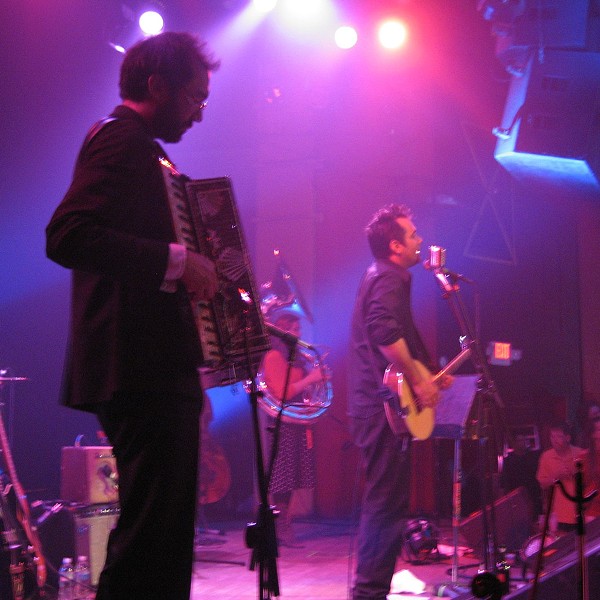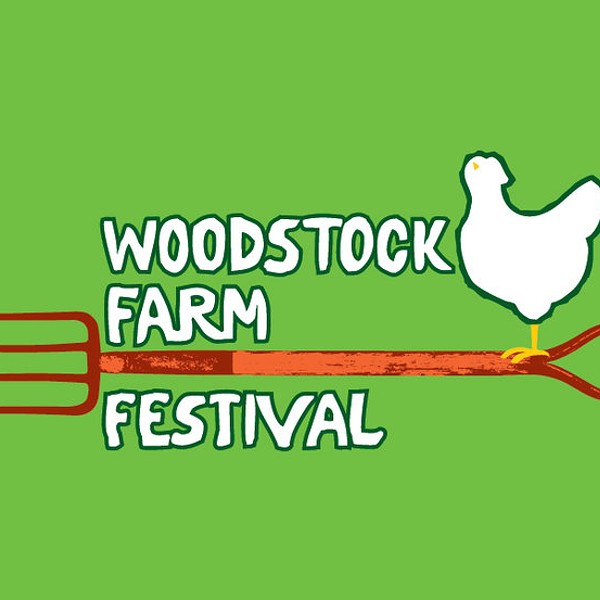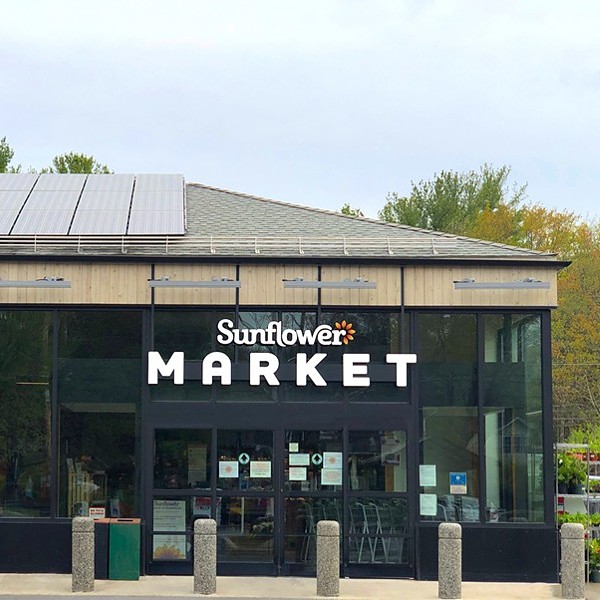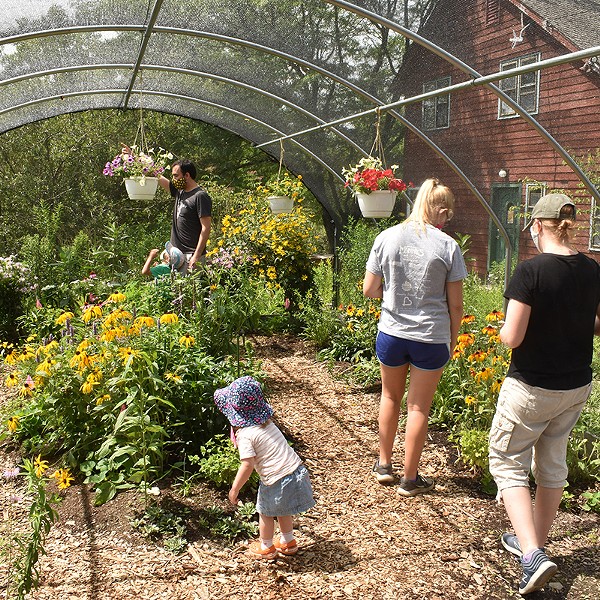Harvest is drawing to a close on farms throughout New York State, and under normal circumstances, farmers would soon begin to assess the past season and plan for the next one. But planning seems impossible right now. The pandemic shocked the food supply chain, and after several months of scrambling to keep their workers safe and make up for lost income streams, farmers are “increasingly plagued with uncertainty,” says Julie Suarez, associate dean for land-grant affairs in the College of Agriculture and Life Sciences at Cornell University.
It’s not as if farming has ever been easy, though. It’s exhausting and expensive work to be a steward of the land and the watershed in New York State, while managing energy and labor costs and hefty property taxes. To stay in business, many farmers are adding new products or transitioning to other products entirely, all while trying to market themselves. In some regions, including the Hudson Valley, the lack of processing facilities makes it harder for farmers to sell their products locally, according to Cornell Cooperative Extension (CCE) of Ulster County.
Democrat Jim Barber has been speaking to those concerns since announcing his candidacy for the 51st state Senate district last summer. Barber and his wife, Cindy, are the fifth of six generations to run the family farm in Schoharie County, and his insider knowledge of agriculture has become a key selling point in the race against Republican Peter Oberacker. Both candidates have farmers’ support: Barber has received endorsements from 60 farms, to Oberacker’s more than 20, according to recent reporting. Oberacker has expressed support for the No Farms, No Food Act, which has been criticized by environmental groups for overly lax regulations. The seat will be open for the first time in 33 years: the incumbent, Republican James L. Seward, announced in January that he would not seek reelection because of ongoing bladder cancer treatments.
The 51st is an unwieldy configuration that includes a handful of towns in Ulster and Delaware counties, stretches west to Cortland County and a portion of the Finger Lakes region, and extends north to the town of Norway in Herkimer County. There are 64,487 active Republicans and 53,972 active Democrats in the district, which Trump won by about 14 percentage points, and where Seward garnered 63.5 percent of the vote in 2018. Obama won here in 2008 and 2012. Barber is holding his own: his campaign has raised about $240,000, while Oberacker has loaned himself about $105,000 in addition to raising about $134,000. With 11 days to go before the general election, Barber had about $30,000 remaining, compared to Oberacker’s approximately $20,000. Democrats need to pick up two additional state Senate seats to win a supermajority that would give them more control over redistricting.
Reached by phone this week at his home in Middleburgh, Barber noted that about 80 percent of his campaigning has been done over the phone, although he was considering a trip to Ilion to support picketing workers laid off by the ammunition and weapons producer Remington Arms. A strong supporter of Second Amendment rights, Barber has also been endorsed by Planned Parenthood and the Sierra Club. He says he “doesn’t dance around stuff” and that people seem to like that, including “Trump folks who’ve even donated to the campaign.”
The Challenges Ahead for Farmers
Barber seems to understand how and when to pivot. Over the past few decades, his family farm has shifted from dairy to produce, from wholesale to retail, and into distilling (their 1857 Spirits label includes potato-based vodka). At least some New York State farms may need to make similar kinds of transitions in the coming months if they are to stay afloat.
Many Hudson Valley growers rely on sales to New York City restaurants, for example, but they can’t predict when and to what extent the tourist economy will recover, or whether those restaurants will become regular customers again, according to Suarez. In a survey of New York State restaurant owners in September, 64 percent said they were likely to close this year. And while there were lifelines for farmers during the early part of the pandemic—including an uptick in CSA and meat-share enrollment; NYC farmers markets; and pre-ordering from farm stands—those opportunities have been drying up, according to a recently published report by Cornell College of Agriculture and Life Sciences.
Farmers also don’t know how much longer they’ll be able to rely on direct payments from the USDA’s Coronavirus Food Assistance Program, the second round of which will cease accepting applications on December 11. The program “hasn’t been perfect,” says Suarez, but it eliminated some uncertainty for growers by creating payment mechanisms for produce and dairy. Another unknown is Governor Cuomo’s Nourish New York initiative, which has been funding food banks’ purchases from local farmers and processors, and was on track to run out of funding in December before the governor committed an additional $10 million to the program on October 30. All of this means that, when it comes to basic tasks like ordering seeds or adjusting production practices for next year, “it’s going to be very difficult for farmers to make decisions,” Suarez says.
Building a More Robust Local Food System
What could help those farmers, when something like a pandemic happens again, is a better regional food system, according to Barber. Yes, it’s hard to target specific industries, he acknowledges, “but we can do things that will help every farmer in the state. And that’s really where I focus my energy.”
Barber’s vision of a web-like food system includes additional small and mid-sized processors and distributors for everything: dairy, meat, and produce. The result, he says, would create transportation and production jobs, boosting local rural economies by more effectively gathering products from a wide area and bringing them into narrow urban markets. A system like that, he says, would be better at withstanding disruptions.
“COVID really brought to light the fragility of a very rigid food supply system,” Barber says. “We had stores empty of milk and farmers dumping milk, because the different channels just didn't line up.”
Farmers already knew as much. In two conversations led by CCE of Ulster County in late February and early March, farmers expressed the need for a more robust local food system, including additional processing facilities, according to Christian Malsatzki, CCE of Ulster County agriculture program leader. Malsatzki explained that the lack of livestock processors in Ulster creates a backlog, leading some farmers to sell their animals outright rather than wait for their turn. Others use processors located further away, which means less product comes back to the local market.
“In the wake of COVID and trying to secure food systems locally and regionally, it would be a large benefit to have more localized processing that would help ensure products stay local,” Malsatzki says.
That kind of smaller operation just makes sense given the geography of New York State, according to Delaware County Democratic Committee chairperson Kathleen Hayek, who supports Barber. The Catskills, for instance, offers only pockets of arable land, not the large tracts found in the Midwest. To Hayek, this all signals opportunity, not defeat; she’s just waiting for others to get on board.
“Some people here, at economic development and local forums, said it’s economically impossible for a small family farm to survive,” Hayek says. “It can work if we build a model for it.”
A Farmer in Albany
Barber has never held office. But he has spent a considerable amount of time navigating government bureaucracy, including two years as special assistant in the state Department of Agriculture and Markets, and seven years as New York State Executive Director of the USDA Farm Service Agency. He cofounded New York Farms, which created an ambitious farm-to-school program. That experience, coupled with Barber’s success as a farmer, resonates in rural Delaware County.
“We’re always struggling in rural New York, because we don’t really have adequate representation; upstate has different views [from downstate] that aren’t always taken into account when legislation is being written, and to have someone who has walked in both worlds would be really helpful to us,” says Hayek, referring to Barber’s experience as a farmer as well as in government. “To have a farmer representative in Albany [would be] exciting.”
Local farmer Burr Hubbell feels the same way. He says that Barber can “put policies in place that will help us preserve the rural character of our area, and also give people an opportunity to make a real living.” Hubbell’s family has been farming and producing cider in Margaretville since the 19th century, transitioning out of dairy and into a small sustainable livestock operation that includes cattle, pigs, and chickens. But the family’s construction business is what pays the bills. Hubbell doesn’t want to go back in time to when small-scale dairy farming was still profitable. Rather, he wants new policies that will allow small farms to use sustainable methods and still be viable. The Hubbells rotate chickens through the field to reset the soil nitrogen, for example, and they are careful not to overgraze their land, where pigs also roam freely. These techniques require more land, but result in less production, and Burr thinks that his property taxes should reflect that—in other words, they should be lower.
Barber has been outspoken about cutting taxes and changing the property tax code, which is perhaps what drew the attention of Ronald Lauder, the Republican billionaire who reportedly paid for negative ads targeting him and other Democratic Senate candidates. But Barber also wants to give farmers a financial boost by compensating them for ecosystem services. It’s an idea that Suarez, along with other Cornell scientists, farmers, and environmental organizations are trying to bring to fruition as part of the state’s Climate Leadership and Community Protection Act.
Services like capturing and sequestering carbon by maintaining soil health, for example, are increasingly vital in the context of climate change. What’s more, food production may need to expand in the Northeast corridor in the future, as other farming areas in the US and abroad are projected to lose arable land, according to Suarez.
“I think our farm families in New York really have a very bright long-term future,” she says. “But getting through the pandemic uncertainty of the next two years is going to be really challenging.”
Barber reiterates that “farms are struggling simply to survive,” but notes that figuring out how to quantify their good environmental practices could go a long way toward helping farms become or stay solvent. A farm that does cover cropping on 90 percent of its acreage, for instance, could receive a tax cut. Making this happen, of course, would mean figuring out a compensation structure, and that’s something Barber is eager to work on.
“We can’t just eliminate farms from our economy and our landscapes,” he says. “So how do we make this all work together?”


















